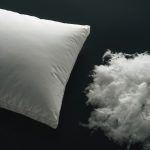The concept of bio-fluff and synthetic fluff, as well as the rules for their operation
Bio-down and synthetic fluff are non-woven synthetic materials used as fillers for down jackets, insulated trousers, jackets and other winter outerwear. They are also used for the manufacture of toys, bedding, powder pillows, and so on). Created to replace down and feathers. By most parameters, they are superior to natural fillers.

What is bio-fluff
Bio-fluff (also common spellings "bio-fluff" and "bio-fluff") - one of the first fillers on a biological basis. Created by the American chemical corporations DuPont and 3M in the 1970s.
The biopolymer is patented by the developer's offices in the United States and Japan (a subsidiary of Sorana). The composition of the material includes renewable biological components that undergo chemical treatment using a special technology.

Advantages and disadvantages of insulation
Synthetic bio fluff, advantages:
- Good thermal insulation, one and a half times higher than that of natural counterparts.
- Lightweight, easy to move.
- High moisture resistance.
- Does not lose its properties at frost down to -40 °.
- Does not absorb odors, does not irritate the skin.
- "Keeps its shape", the fiber is easily restored after deformation.
- Long service life.
- Keeps warm well.
- Easy to care for: washing in a regular machine, dries quickly, does not get into lumps, does not roll.
- High wear resistance, practicality.
- Eco-friendly and comfortable material.
- Does not cause allergies.
There are also disadvantages:
- Afraid of high temperatures and open flames. Deforms when overheated.
- Unsatisfactory removal of moisture.
- May build up static voltage ("shock").
Important! It is recommended to wear hygroscopic clothing under a down jacket or jacket with this insulation, which will absorb moisture coming from the body.
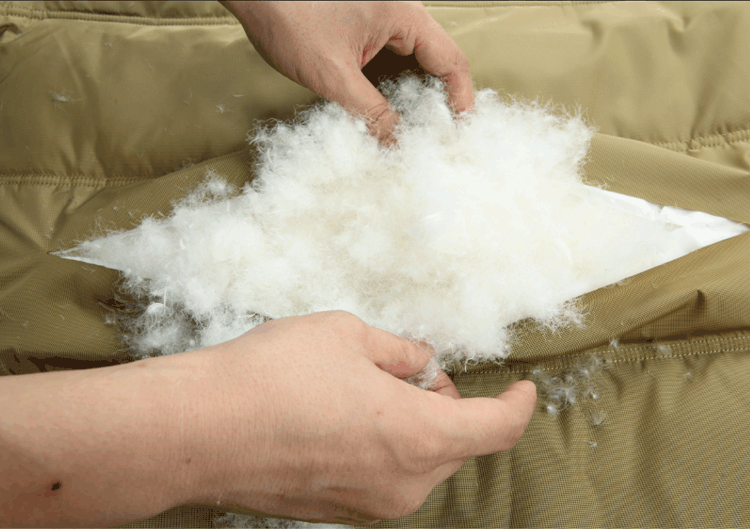
What temperature is bio-fluff designed for?
Bio down in outerwear is designed for use in cold weather down to -40 ° C. Afraid of high temperatures and open fire. Therefore, it is highly discouraged to iron synthetics and place them near heaters and flames.
With strong heating, it loses one of the main advantages - the ability to quickly recover from deformation.

Additional Information. Products are distinguished by the thickness of the packing. Bulky clothing “keeps” up to -40 ° C. Jackets with Medium Padding or two snowflakes on the tag - down to -15 ° C. In comparison, the thin padding made of synthetic fleece protects only from cold down to -10 ° C.

Where is bio-fluff used?
Scope of application:
- Winter shoes and accessories (hats, mittens, gloves, and so on).
- Pillows, blankets.
- Toys and souvenirs (stuffing).
- Cosmetic accessories.
Winter outerwear. Including tourist, sports, special.

How to care for a down jacket or jacket with biofuzz
Clothes with bio-down can be washed in a regular washing machine on a gentle cycle (30-40 ° C). Spin - no more than 600 rpm.Include extra rinse for colored fabrics. If there are large stains, you should first wash them in warm water with laundry soap.
Note! The washing mode is usually indicated on the product. It is worth adhering to the manufacturer's recommendations.

Care Tips:
- Use liquid powders for the machine. Alternatively, non-aggressive detergents.
- Dry away from batteries, open flames and direct sunlight.
- Ironing is highly discouraged.
Important! It is worth emphasizing once again that with strong heating, the material is transformed and loses the ability to recover after deformation.
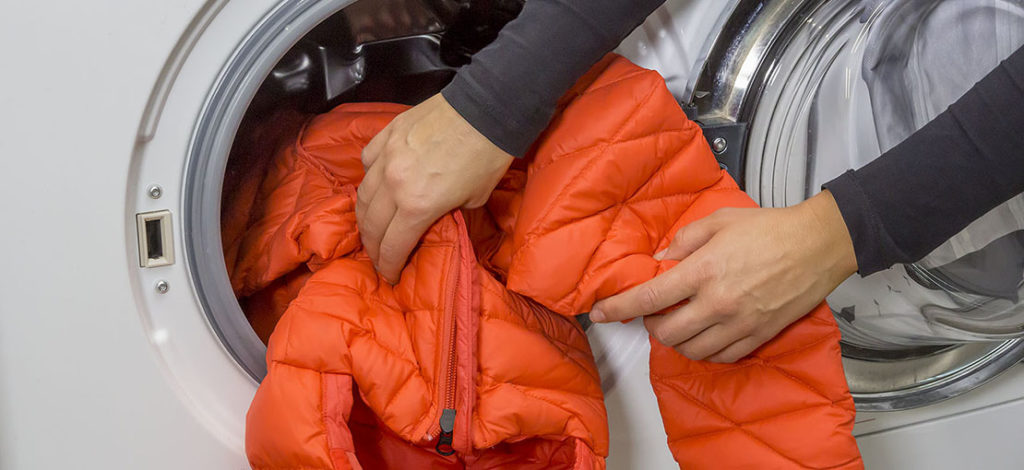
What is different from synthetic fluff
Products made from synthetic down are on average cheaper than clothes made from bio-down. Synthepukh is no less convenient, but it gives less insulation. A thin layer of this synthetic protects only in frost down to -10 ° C. Bulky items can be worn down to -30 ° C (not -40 ° C). The first difference is that bio-fluff retains heat a little better. The second difference is that synthetic fluff does not accumulate static voltage. It does not "shock", does not spark.

Both materials are close to each other in a number of parameters: water resistance, ease of maintenance, ability to recover after deformation, hypoallergenicity, wear resistance and durability, environmental friendliness, "breathing" properties.
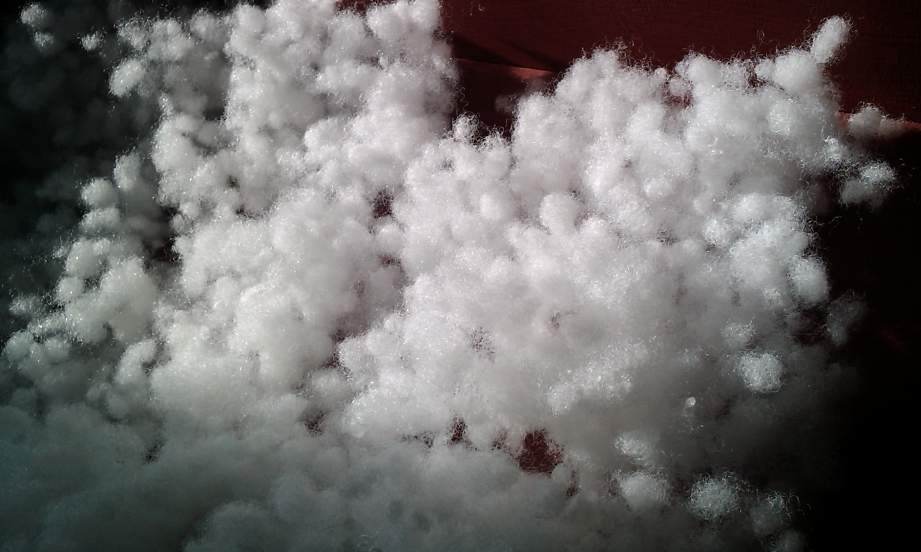
Taking care of synthetic fluff clothes is as easy as taking care of products with bio-fluff. Both washing in a machine (delicate mode, temperature up to + 90 ° C) and hand washing are allowed. It is not recommended to use aggressive cleaning chemicals.
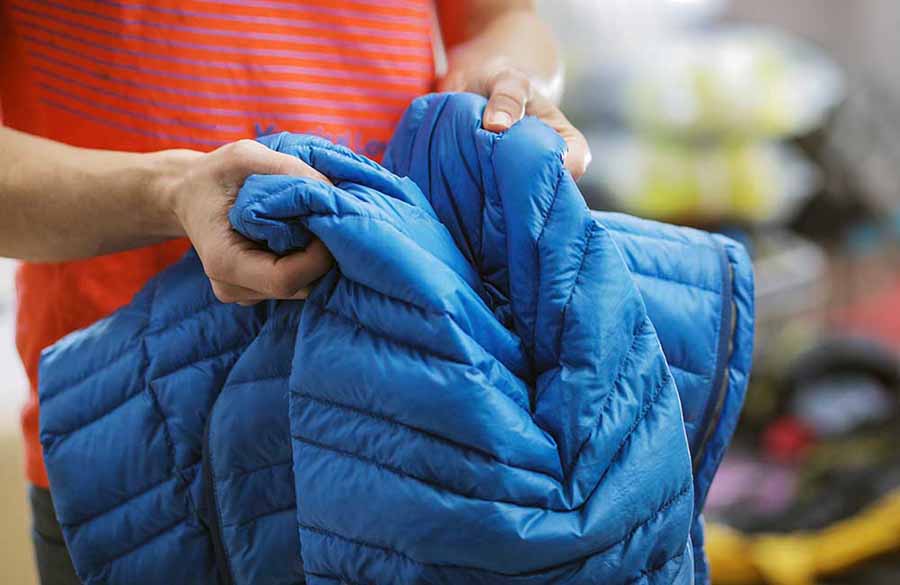
Spinning and drying are allowed. After washing, beat the jacket or down jacket well with your hands, then hang it on a hanger so that the water is glass. Dry out of direct sunlight, away from radiators and open flames.

Note! With frequent washing, the synthetic winterizer's thermal insulation decreases. Bio-fluff does not lose its ability to retain heat.

Both materials are a good replacement for natural down and feather fillings. Bio-fluff is warmer. Synthetic fluff is cheaper and has better water-repellent properties. But if you wash it often, it starts to retain heat worse. A significant disadvantage of bio-fluff is loss of shape during strong heating. It is worth considering this if you choose clothes with this filler.
Video: useful information about biofuzz and synthetic winterizer






